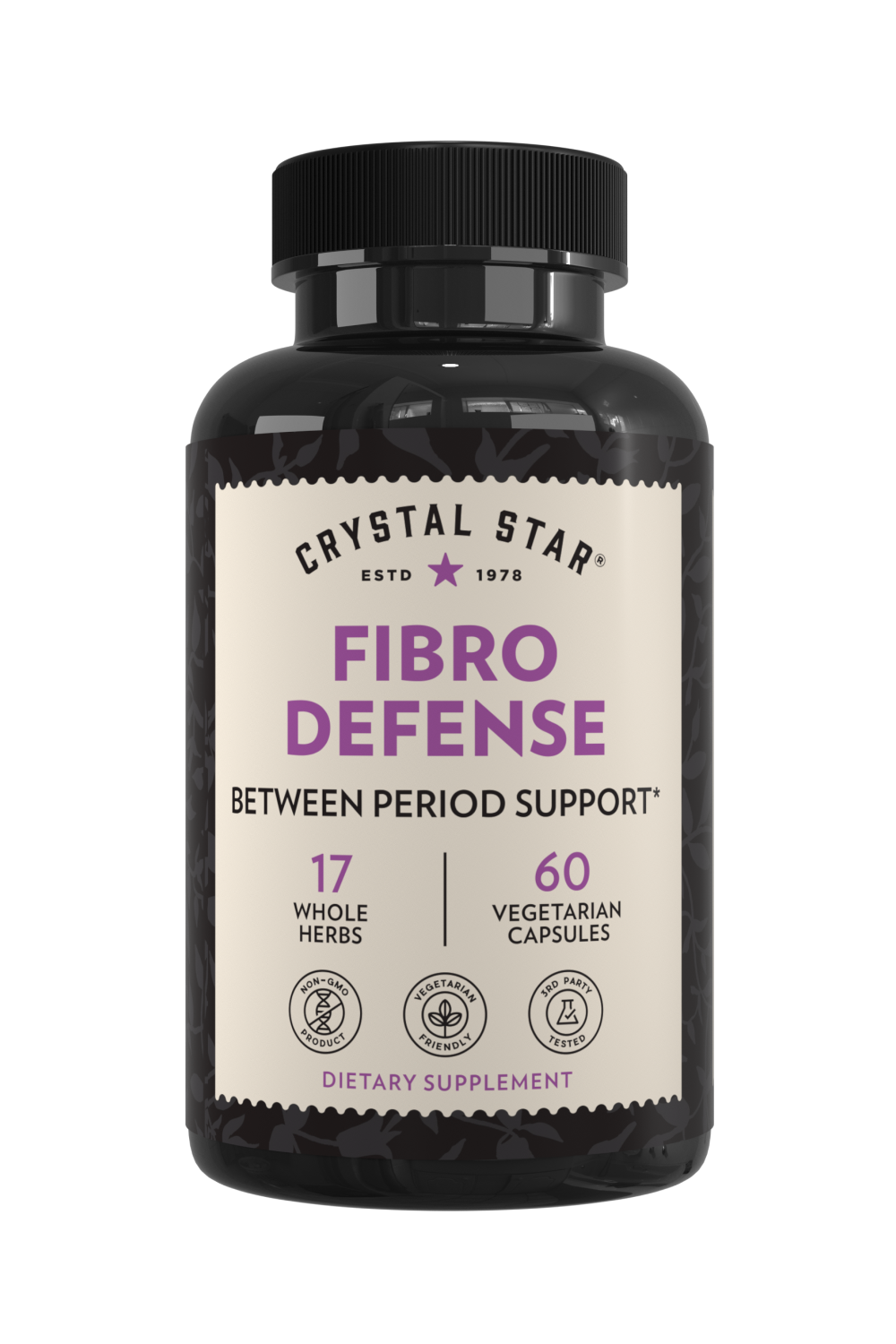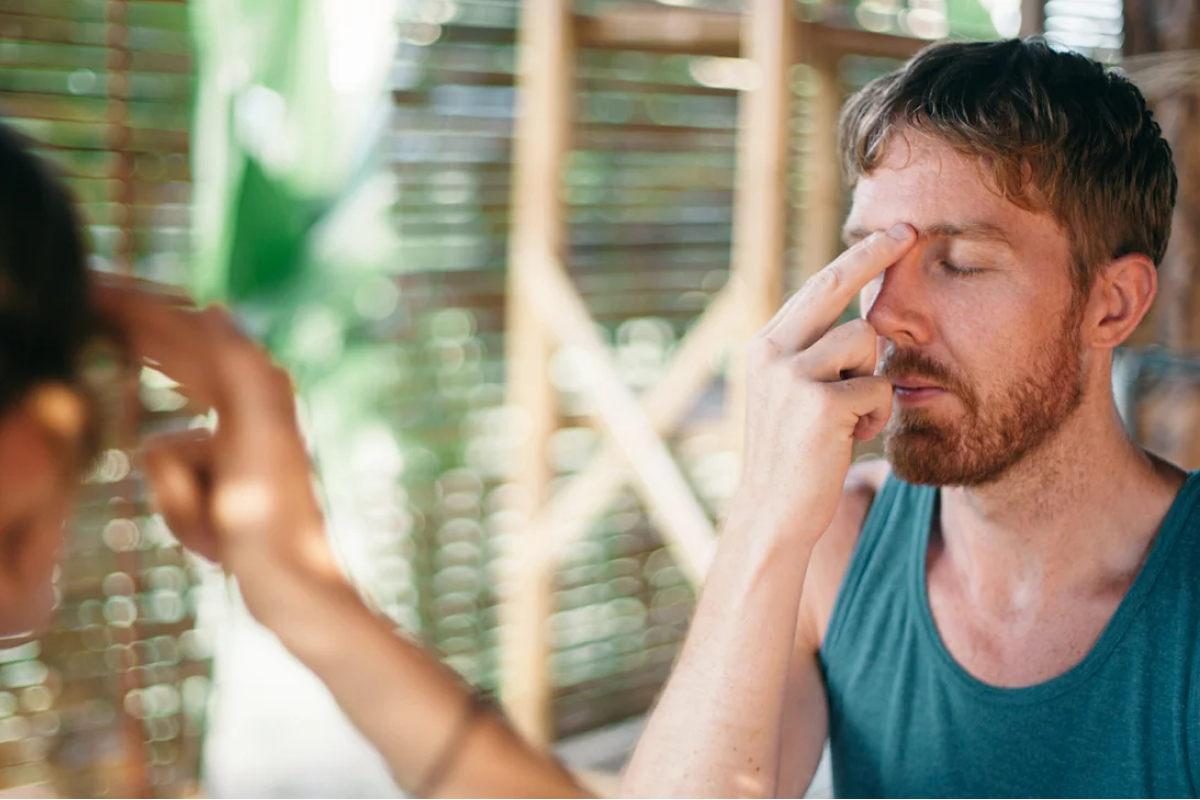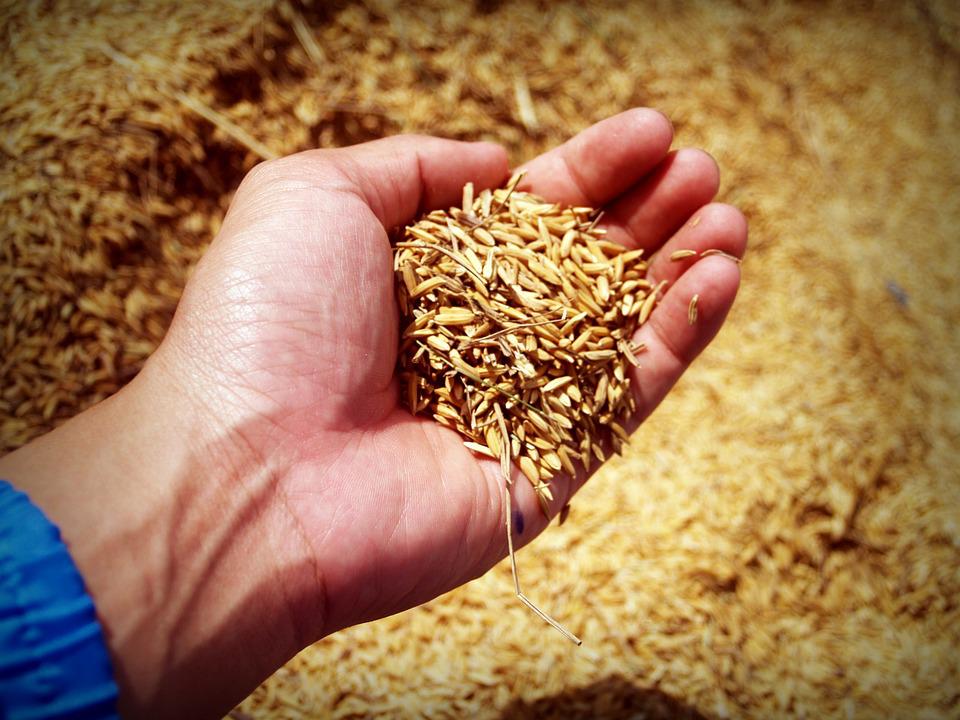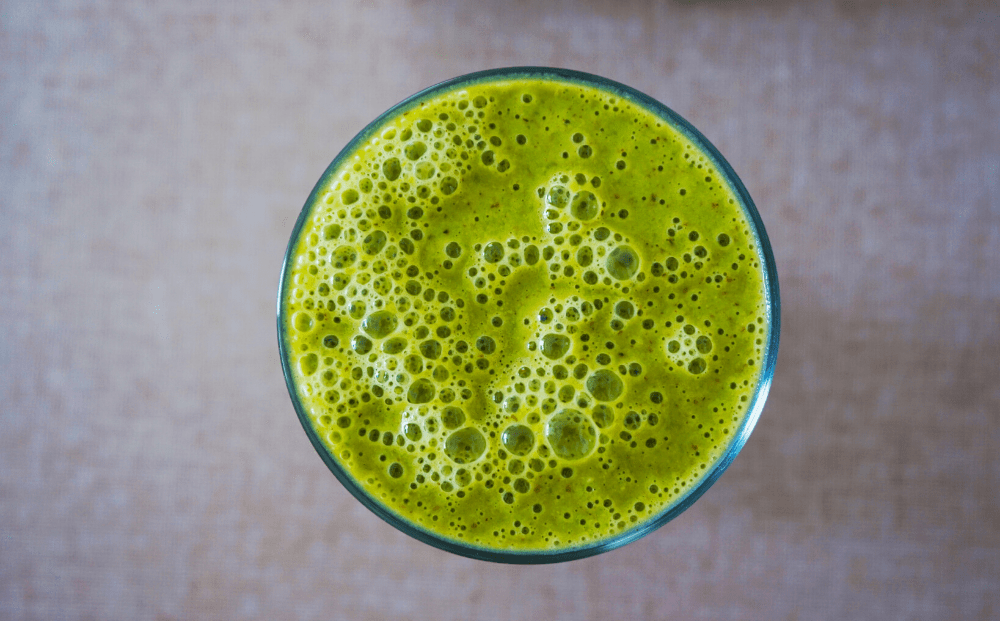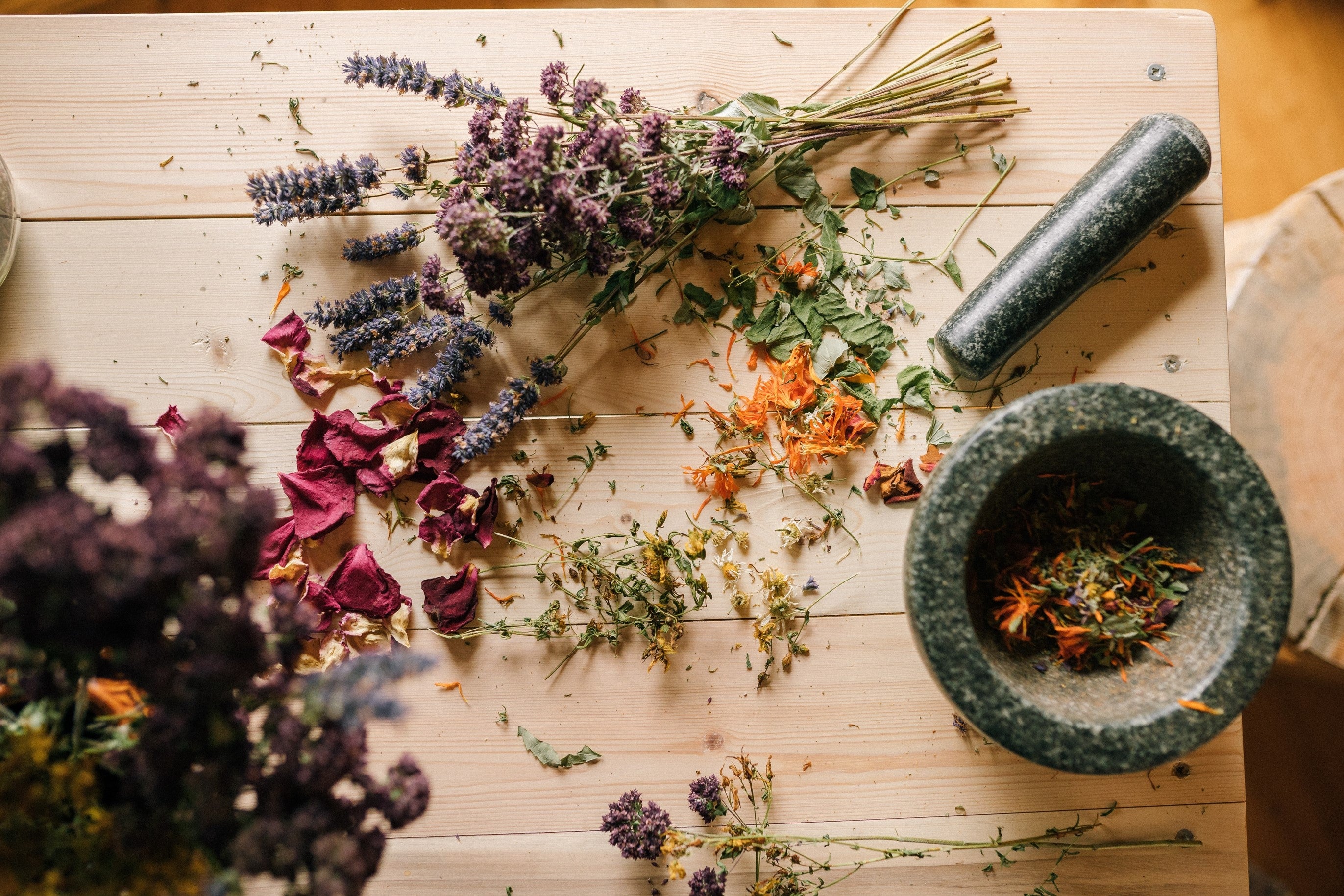
Foundations of Wellness
Committing to Slow Medicine
Holistic medicine is a term that has been all the buzz since the 70s when Crystal Star was founded. Since the beginning, we have committed ourselves to providing holistic healing in the truest sense of the word.
Since the root word of the word holistic is whole, holistic medicine is then the treatment of the entire person, not just the suppression of specific symptoms.
So then, before we try to heal anything, we must discuss what we mean by whole. A person is, of course, a body with a brain that experiences the world. But a person is also a soul that is cultivated by influences such as family, economic status, diagnoses, routine… the list goes on and on. Therefore, it is only a mere starting point to look at “herbs for xyz ailment.”
It is just the person who is whole, the plant is whole too. Herbal medicine is not like allopathy. We’re not peeling apart the different healing constituents of each plant. We’re presenting their full range of qualities. Perhaps you take lemon balm for its amazing ability to help you concentrate– but it doesn’t stop there. No, it helps you retain information, wards off a tension headache, and settles an anxious belly.
How can we use the holistic healing ability of a plant to heal a person as a whole? There are 2 basic principles that build a truly holistic practice.
- #1 listen the story the body is telling us
- #2 find a supportive routine for mind, body, soul
Intuition Means Listening to Your Body
In the wellness world, there’s always some new cutting-edge diet or protocol that everyone buys into. Atkins. Keto. Paleo. Apple cider vinegar shots. We’re all on a quest for healing, and possibilities are endless. But when the rubber meets the road, you can follow all the rules for any given fad and still not see the desired results.
But why?
Everyone is different. It’s not enough to cut out xyz ingredients from your diet (or add them for that matter.) We need to listen to the story that the body is telling us.
For instance, if you are suffering from chronic migraines, the knee-jerk reaction is to alleviate the pain. Though that is certainly a primary focus, we should look at the person, not just the symptom. What else is going on? Are they sleeping well? Are they eating foods that provide enough nutritive support? What are their habits around stress?
Without addressing the root of the issue, the problem will be perennial in nature.
Finding natural solutions to everyday ailments is no easy task. It takes patience and learning to trust your body rather than forcing yourself to power through the pain.
Luckily, there are solid steps you can take to build a routine that supports you, no matter your concern or walk of life.
The Ritual of Holistic Healing
Any good thing takes work. Bringing balance to the ecosystem of your body is no exception. Once you are able to identify the issues that are throwing you off, you can intentionally set yourself up for success.
Just remember that herbal healing is slow medicine. It seeks to calibrate your body, rather than putting a Band-Aid on a deeper issue.
The first thing we must address is the baseline need for nutritious meals. It’s not about vegan, organic, grass-fed or any of these systems, it’s about providing what your body needs to perform its most basic tasks. You need carbs to make energy. You need fats to keep it. You need proteins to use that energy. It’s that simple.
Once those needs are met, we look at things like intolerances and allergies. These types of reactions are your immune system’s way of protecting the body against what it believes are harmful. Those beliefs can be introduced by environments you’ve lived in, experiences you’ve had, and your DNA. If you are unknowingly exposed to things that your body perceives as threats, it will focus on that threat– rather than producing the results you want from the wellness regimen you’ve implemented.
Next, you have to look at stress. This is another topic that has been on all the headlines lately. The more we research illnesses, the more we find that stress is a key player in all aspects of health. The fight-flight-freeze-or-fawn response has the power to protect us but can cause serious damage when left in control for too long. If your nervous system is consistently in a heightened state, the other functions of the body suffer. Your body isn’t going to digest, rest, reproduce, or protect you from illness if it thinks that you are in peril. If you’re in a dangerous situation, your body instinctively turns off those secondary functions so that it can use all of its energy on getting your blood pumping, scanning for danger, and being ready to run as quick as it can as soon as it can. It’s a necessary and appropriate response in certain situations– but your brain can’t remain in that activated state for long without having serious repercussions manifest for the rest of the body. So we have to actively choose to calm ourselves if we are ever going to heal.
Finally, we address the acute symptoms. We ease the pain, quell the nausea, and alleviate the anxiety. And we support the system of the body in which that ailment occurs. If we’re in pain, we strengthen the bones and relax the muscles. If we suffer from acid reflux, we balance the gut flora. If we’re anxious, we calm the nervous system.
In order to exact change in our own lives and in the collective mindsets we have around health and wellness, we have to start at the very beginning and build a thorough and persistent foundation. We treat ourselves and everyone else as an entire person, rather than hyper-fixating on problems. It’s definitely a shift from “take this pill and call me tomorrow” culture. But it is effective and humanizing.


